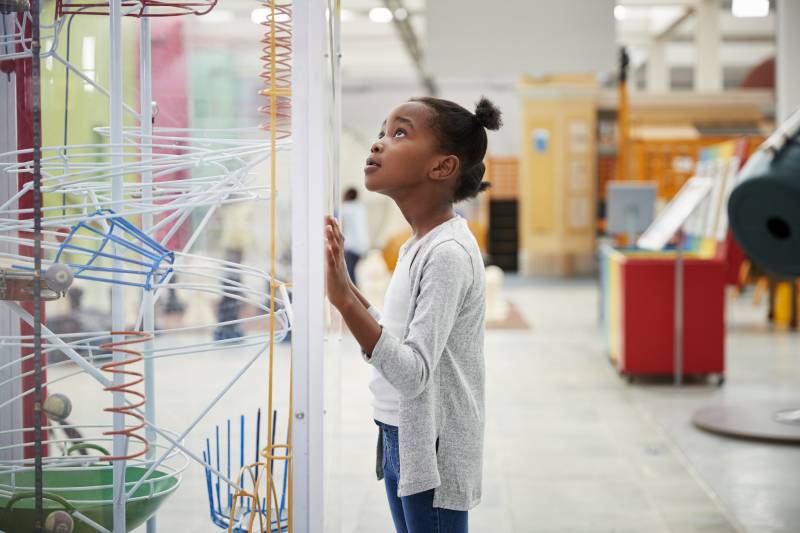If there’s one concern about distance learning that educators have during these times, it’s that students are having difficulty being motivated. A lack of motivation is perfectly understandable given the severity of the pandemic, the financial hardships and the shortcomings of video conferencing platforms. But that doesn’t necessarily mean teachers can’t prioritize motivation and curiosity, which were already suffering pre-pandemic because of the way schools often rely on tests and grades to drive student learning.
Educators navigating distance learning are grappling and experimenting with ways to capture students’ interest through social media, polls and stickers on their faces. In addition to those strategies, they've also found ways to stoke curiosity and motivation that are not completely out-of-the-box solutions.
How does curiosity work and how can we spark it?
Curiosity is “a drive like hunger or thirst” according to Harvard Graduate School of Education professor Elizabeth Bonawitz. “It’s something that allows us to drive our attention and our cognitive resources towards opportunities for learning.” In a recent HGSE webinar, she and others explained how curiosity influences meaningful educational experiences.
Curiosity is not a trait that is “fostered” in children. It isn’t like a set of skills that can be taught because it exists in each and every one of us. Curiosity needs the right conditions and encouragement, so instead of focusing on how to create more curious young people, educators can concentrate on developing opportunities for students to be curious. Students might often be concerned about getting the right answer on tests, for example, but Bonawitz recommends embracing the ambiguity of questions or assignments with open-ended answers so students can have the space to wrestle with their assumptions about the world around them and put forth predictions.
Why motivation is critical in conversations about curiosity
“Every kid is motivated,” says Los Angeles-based educator Geneviève DeBose. “What are different kids motivated to do and why?” She supports middle school English Language Arts teachers and students with planning, instruction and assessment. She notes that educators and parents can lean into opportunities that really speak to young people, such as connecting with their peers, and content and tasks that are meaningful to them. Social and emotional learning is foundational to nurturing connected learners, and DeBose says this can be achieved at the beginning of a class by having space for kids to check in with each other and the teacher (this can be through an icebreaker question like “What is the weirdest food combination you think tastes really good?”). Teachers can also make sure students have an opportunity to engage with each other during the class session through discussions or collaborations in small groups. They can also have a check out at the end of class by completing a task or answering a question that closes out the activity. One recent memorable check out was asking students to share one line they were proud of in the chatbox to wrap up a unit on fictional narrative.


